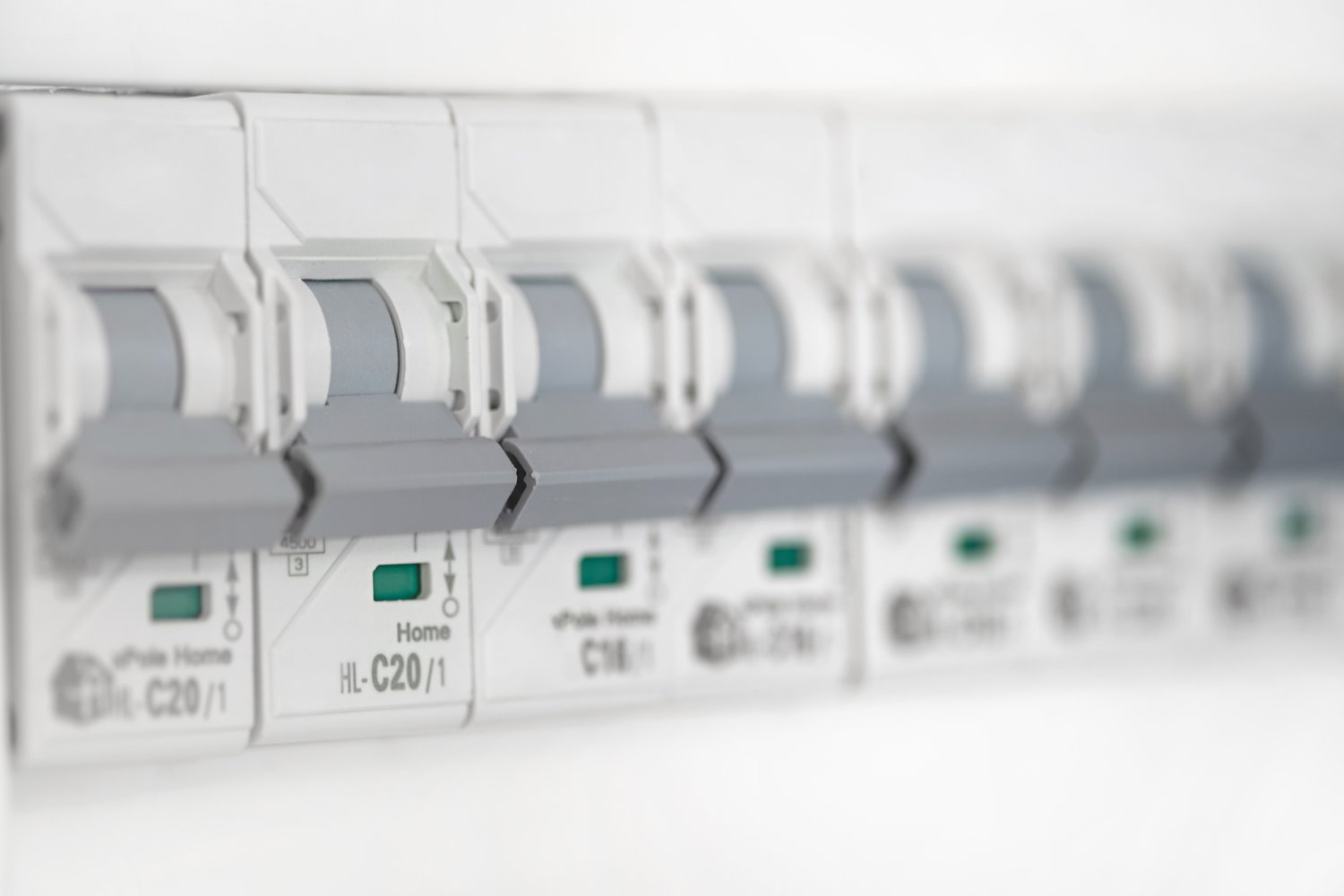Imagine waking up to find your expensive appliances fried after last night’s storm. Such electrical mishaps are not just frustrating—they can be costly and dangerous. Whole house surge protection offers a critical shield against such voltage spikes, ensuring your home’s electrical integrity is maintained. This investment isn’t just a luxury; it’s a necessity for every modern homeowner who values safety and peace of mind.
- Understanding Whole House Surge Protection: Discover the mechanics behind how surge protection defends your home from power surges and why it’s crucial for preserving your electrical systems.
- Benefits of Installing Surge Protection: Learn how this installation protects your appliances, saves money on potential damage repairs, and enhances overall home safety.
- DIY Installation Guide: Access a comprehensive guide detailing the tools, materials, and safety precautions needed to effectively install whole house surge protection yourself.
Whether you’re an experienced electrician or a homeowner keen on safeguarding your investments, this article will equip you with the essential knowledge to understand and install whole house surge protection. Let’s ensure your electrical systems remain fortified against unexpected power spikes, offering reassurance and longevity in a technology-driven world.
Understanding Whole House Surge Protection and Its Essential Role
Whole house surge protection acts as a critical shield for your entire electrical system, defending it against unexpected voltage spikes that can occur due to lightning strikes, utility grid switching, or large appliances cycling on and off. These power surges can damage appliances, fry electronic devices, and pose safety risks.
The whole house surge protector is typically installed at your electrical panel. It works by clamping down on the excess voltage, directing it safely to the ground, thus preventing it from entering your home’s electrical circuits. This protective measure is crucial for maintaining the integrity of your home’s electrical infrastructure and ensuring the continuity of its operation.
Without such protection, not only are your expensive electronics and appliances vulnerable, but your electrical system’s ability to function properly can also become compromised. Consider whole house surge protection as an insurance policy for your home’s electrical devices, providing consistent stability and safety.
Benefits of Installing Whole House Surge Protection in Your Home
Installing whole house surge protection offers several significant benefits. Firstly, it provides robust protection for your appliances and electronic devices against potentially devastating power surges, increasing their lifespan and reliability.
Furthermore, by minimizing damage to your devices, you save on costly repairs and replacements, leading to substantial long-term cost savings. The functionality of these systems also ensures that your electronics operate optimally, supporting energy efficiency within your home.
Beyond financial savings, another key advantage is enhanced home safety. By reducing the risk of electrical fires and other hazards associated with power surges, whole house surge protection contributes to a safer living environment.
Lastly, this system can enhance the resale value of your property. Prospective buyers are likely to appreciate a home that takes modern safety considerations into account, making whole house surge protection a sound investment for the future.
Step-by-Step Guide: How to Install Whole House Surge Protection Yourself
Installing whole house surge protection can seem daunting, but by following a structured approach, you can safeguard your home effectively. Before diving into the installation, it’s essential to gather the necessary tools and materials for the task. You’ll need a whole house surge protector, a screwdriver, wire strippers, safety gloves, and a voltage tester.
Begin by ensuring your workspace is organized, and your safety is prioritized. First, turn off the main power supply to your electrical panel to prevent any risk of electrical shock. Use your voltage tester to confirm that the electricity is indeed off.
Next, locate an appropriate spot on your electrical panel where the surge protector will be installed. Most surge protectors can be directly wired into your main service panel. Carefully follow the manufacturer’s instructions regarding the placement and wiring specifics for your particular device.
- Remove a knockout hole on the panel to create an opening for the surge protector.
- Wire the surge protector into the breaker panel according to the color-coded wires. Typically, this involves connecting black and red wires to the double pole breaker, white to the neutral bar, and green to the ground bar.
With the wiring completed, securely mount the surge protector to the electrical panel. Double-check all connections to ensure they are tight and secure. This reduces the likelihood of electrical mishaps and ensures optimal performance of the surge protector.
Once everything is in place, restore power to your electrical system and perform a final check using your voltage tester. Monitor for any abnormalities. If you encounter any challenges or uncertainties, consulting an electrician can provide peace of mind and ensure a proper installation.
Taking the initiative to install whole house surge protection not only shields your appliances from power surges but also enhances the safety and stability of your home’s electrical system. This process, with patience and precision, can empower even those new to electrical installations to execute a successful set-up.
FAQs About Whole House Surge Protection
What is whole house surge protection?
Whole house surge protection is a system installed to protect all the electrical devices in your home from sudden voltage spikes.
How does surge protection work?
It diverts excessive electrical energy away from your devices to the ground, preventing damage.
Do I really need surge protection if I have insurance?
Yes, insurance covers damage but doesn’t prevent it. Surge protection saves you the hassle of replacements and repairs.
Can I install whole house surge protection myself?
Yes, with the right tools and safety precautions, homeowners can install whole house surge protection themselves.
What tools do I need for installation?
- Voltage tester
- Flathead screwdriver
- Wire stripper
- Hammer
- Drill
How long does the installation process take?
Typically, it takes about 2 to 4 hours depending on your experience and setup.
Are there different types of surge protectors?
Yes, there are Type 1, Type 2, and Type 3 surge protectors, each designed for different points in the electrical system.
Will surge protection guarantee complete safety?
While it significantly reduces risks, no system can guarantee 100% protection against all electrical surges.





